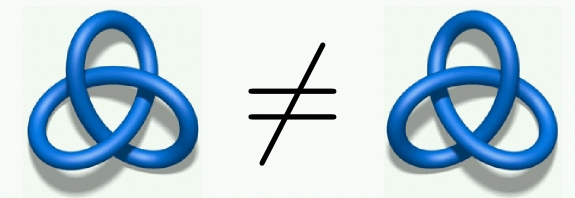Current members of quantum topology research group:
- Dr Bruce Bartlett
- Gerrit Goosen (North West University)
The last two decades or so have seen a remarkable resurgence in the interaction between pure mathematics and theoretical physics. For mathematics this has led to an influx of profound new ideas, ideas which oftentimes seem strange and bizarre from a traditional mathematical perspective, but which have nevertheless proved useful. Specifically, it has been the impact of ideas from quantum field theory on geometry which have been most useful; this has spawned a new field called "quantum topology" which tries to understand and place these ideas into a coherent mathematical framework. The main theme is trying to understand the physicist's most powerful tool, the "path integral", and to utilize the resulting structures to compute new invariants of geometric objects such as knots and manifolds. This endeavour draws on many parts of modern mathematics such as higher category theory, homotopy theory and representation theory.
To get an idea of what "quantum topology" is all about, consider the following two knots:

Can the left hand knot (known as the "left-handed trefoil knot") be continuously deformed into the right hand knot (known as the "right-handed trefoil knot")? The rule is: you are allowed to continuously deform the strands of the knot in space, but you can't let the strands pass through each other.
Maybe if we turn the left hand trefoil "around"? No - try it, you'll get something which is not the same as the right hand trefoil.
So we suspect these two knots aren't the same. But how can we prove this?
Well, one way to prove it is by calculating the Jones polynomial of each link. In 1984, Jones discovered a way of assigning polynomials to knots, in such a way that if two different knots get different Jones polynomials, then we know they can't be deformed into each other!
It turns out that the Jones polynomial of the left hand trefoil is
-1/t^4 + 1/t^3 + 1/t
while the Jones polynomial of the right hand trefoil knot is
t + t^3 - t^4.
These two polynomials aren't the same... so the knots can't be deformed into each other!
To read up more on this sort of thing, try the following references:

